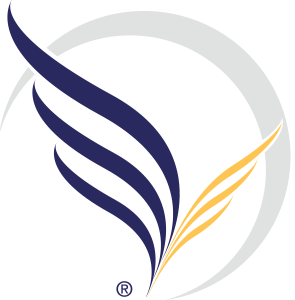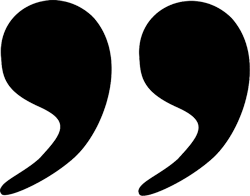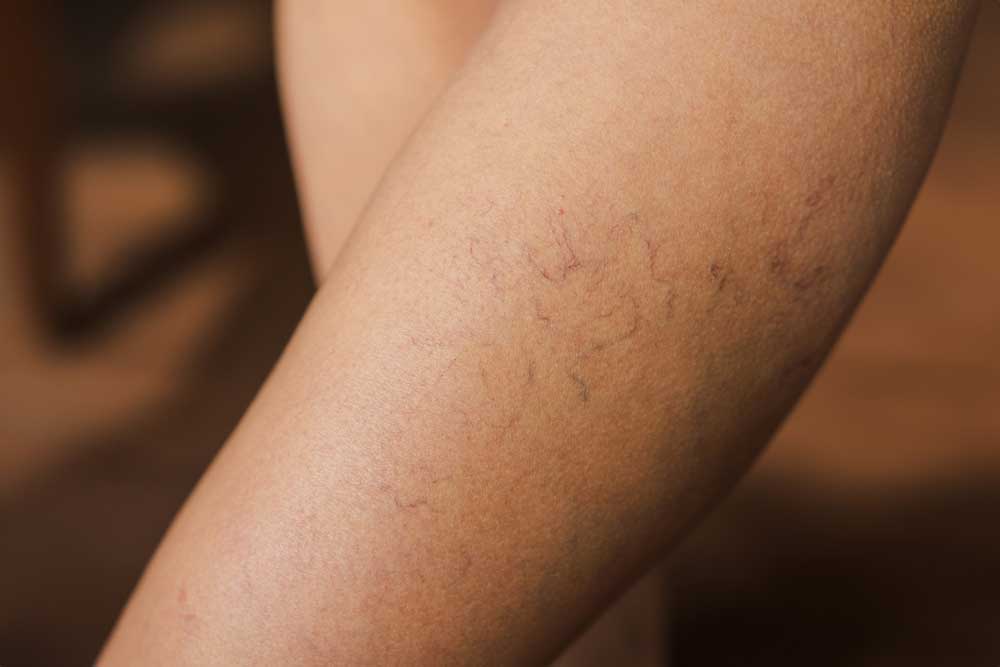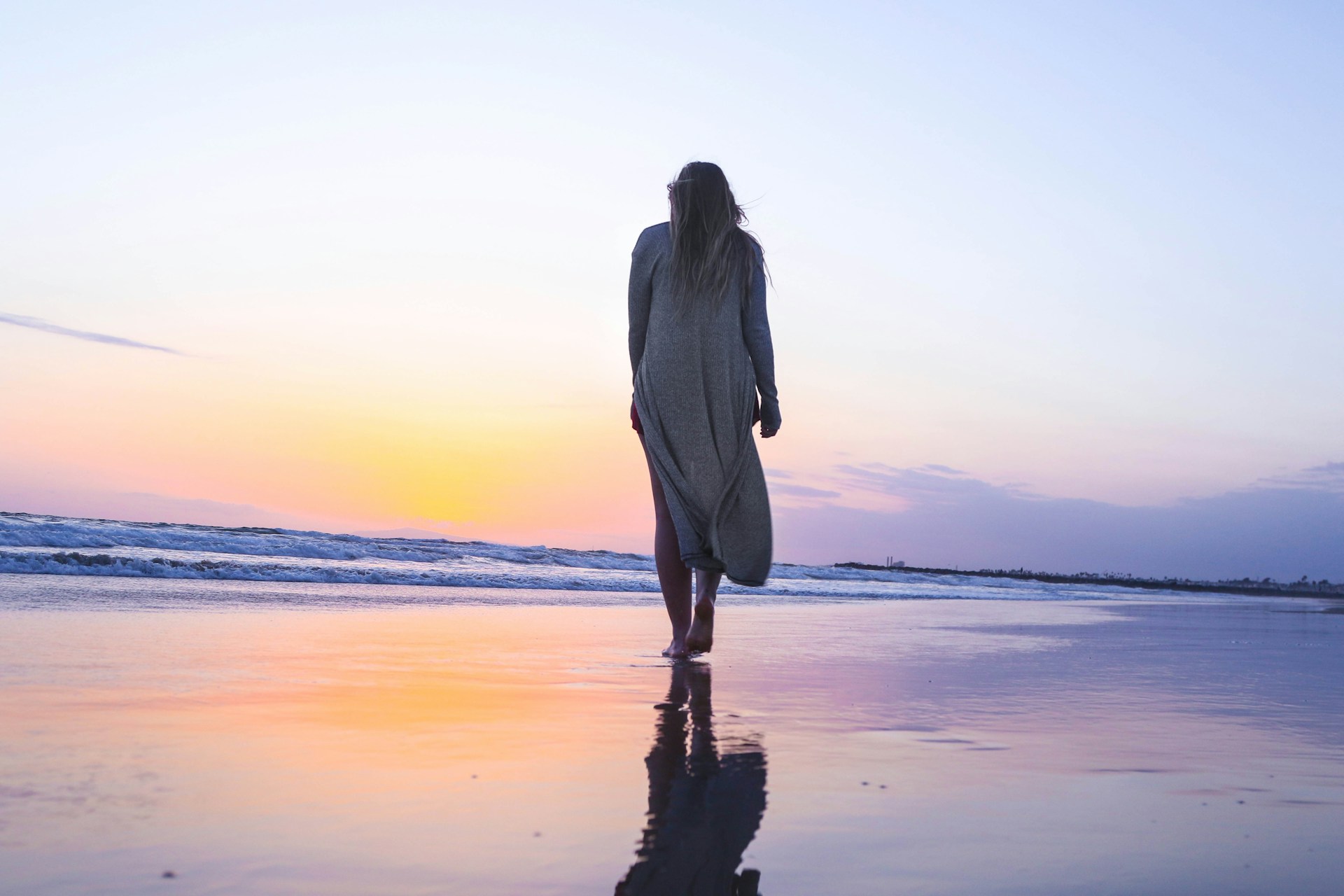Fitness, running and biking magazines feature professional and everyday athletes with visible veins on their arms and legs. Around the gym and in personal trainer speak this is known as ‘vascularity’ and is sought after by many.
Personal trainer Robin Castro, LMSW, CPT said, “Body fat must be 14% or less for women and 11% or less for men to begin to achieve ‘vascularity’.” Reaching this goal requires a strict work out and dietary regimen.
What Is The Impact Of This Exercise Regimen On Vein Health?
So when you achieve your goal of ‘vascularity’ should you be concerned about your vein health? Answering this question requires a basic understanding of phlebology ‘the study of vein disease’. Phlebologists specialize in the evaluation and treatment of vein disease and are available to diagnose and treat all aspects of vein problems.
Vein Basics
Veins are part of the circulatory system. They return blood from the peripheral circulation to the heart, lungs and vital organs. When standing or sitting the venous blood flow from the lower half of the body and legs must overcome gravity.
A system of pipes, pumps and valves promote healthy venous blood flow. The veins carry the blood. The calf muscle and veins in the arch of the foot pump the blood. One way check valves in the leg veins open when your muscles contract and close when your muscle relax keeping the blood moving in an upward direction.
Problems Affecting The Veins:
Problems with the pipes, pumps and valves lead to vein disease:
- varicose veins,
- spider veins,
- leg swelling
The most common factor contributing to reversal of venous flow or ‘reflux’ of the blood down the legs veins are broken or defective one way check valves.
If you have reflux in the veins exposure to standing and gravity allows the blood to fall down the veins like a water fall. When the reflux in the veins reaches a weak branch the energy is dispersed into this branch which becomes varicose.
Blood clots and immobility are other factors that contribute to vein disease. Blood clots in the deep veins obstruct or slow the venous flow and can damage the one way valves. A sprain or fracture of the foot or ankle and immobility affects the calf pump and natural walking motion diminishing the venous pumping efficiency.
Risk Factors For Vein Disease:
Vein disease is common, under diagnosed and under treated. It is more common that heart disease and peripheral artery disease combined. Major risk factors for vein disease are: inherited, hormonal / pregnancy related and occupational risks with standing and sitting. With these risk factors simple daily activities may contribute to the development of vein disease.
Preventive Measures For Vein Disease:
Having established that daily activities can be associated with risks of vein disease let’s look at preventive measures you can take. Prevention is important since vein disease gets worse with time.
Preventive measures don’t correct a problem that is already present but they can slow down progression and lower the risk of complications.
These measures include:
- Exercise
- Healthy weight management
- Elevating your legs when sitting
- Wearing graduated compression socks
- Avoiding high heels except for special occasions
Symptoms Of Vein Disease
Vein disease is under diagnosed and under treated because its symptoms and physical changes are often vague. It is poorly understood by the lay public and physicians alike. Historically many physicians ignore vein disease in their patients. Only within the recent years has phlebology gained mainstream acceptance.
Vein symptoms vary from none to severe.
Symptoms of Vein Disease include:
- Leg fatigue
- Night cramps
- Aching, burning, stinging, itching and restless legs
The physical presentation varies, and they include:
- no visible physical changes,
- spider veins,
- visible blue/green veins,
- bulging varicose veins,
- leg swelling,
- skin pigmentation (brown discoloration of the lower leg),
- thick leathery skin,
- bottle neck appearance of the lower leg,
- leg ulcers
Vascularity Or Vein Disease?
With vascularity even your healthy veins are visible. So the challenge is distinguishing between healthy and unhealthy veins. This evaluation includes a history, physical exam and diagnostic testing if there are symptoms and physical findings suggestive of vein disease.
The examination begins with an inspection of the legs in the supine and standing positions. The visible distinction between a visible vein and a varicose vein is tortuosity. As veins lengthen in response to reflux, they fold up upon themselves and become tortuous.
Minimally invasive diagnostics used include:
- A transillumination light
- Handheld Doppler
- Duplex US.
The duplex US (like the one your OB doctors uses) is the phlebologists stethoscope. Duplex US can visualize the deep and superficial veins and assess their function to determine if they are healthy.
For smaller more superficial veins a handheld Doppler can identify reflux. An intense light is used to trans-illuminate the skin and trace out the varicose veins and identify veins that may be feeding spider veins like a garden hose feeds a sprinkler.
Working Out And Vein Disease
We began with a question about exercise and vein disease and have established that regular exercise is one of the 5 ‘healthy leg principles’. Good news if you have healthy veins (no reflux) exercise does not cause varicose or spider veins. In fact strengthening the calf muscle improves the calf pump and walking or running promotes healthy venous blood flow.
However, if you have venous reflux the answer is more complicated. Exercise stimulates the foot and calf pump and can improve the venous blood flow pump. However, exercises that require straining may make the reflux worse. Exercises like heavy weight lifting can increase the venous reflux making varicose and spider veins worse.
Working Out And Preventive Measures
Good lifting technique is important to protect your back and joints and it is important if you have reflux and vein disease, too. Exhale when you lift or strain and inhale when you relax.
You may have noticed some NBA players wearing compression socks. Graduated compression socks exert external pressure on the superficial veins to limit venous reflux. If you have vein disease you should wear compression when you work out.
So exercise can be good and bad. If you have venous reflux exercise can make your veins worse. The effects of lifting weights especially if you use improper technique can increase this reflux.









